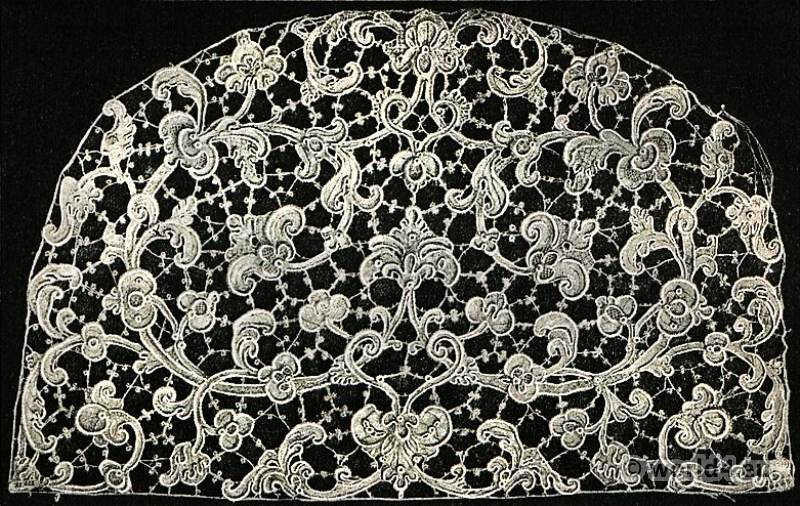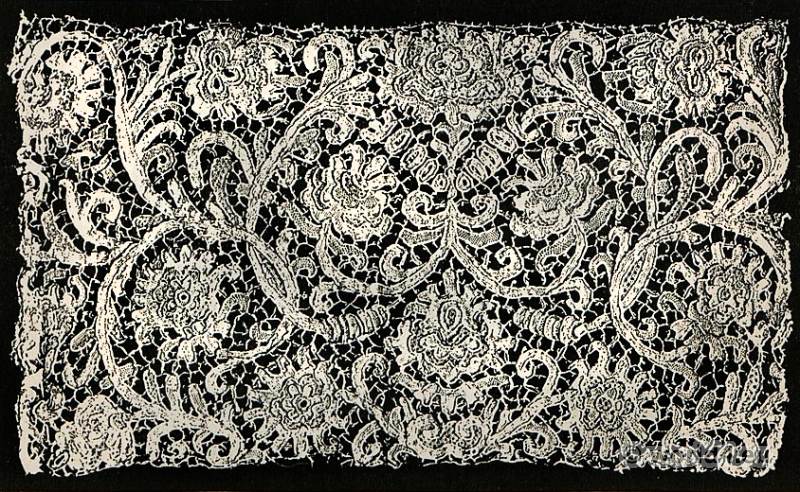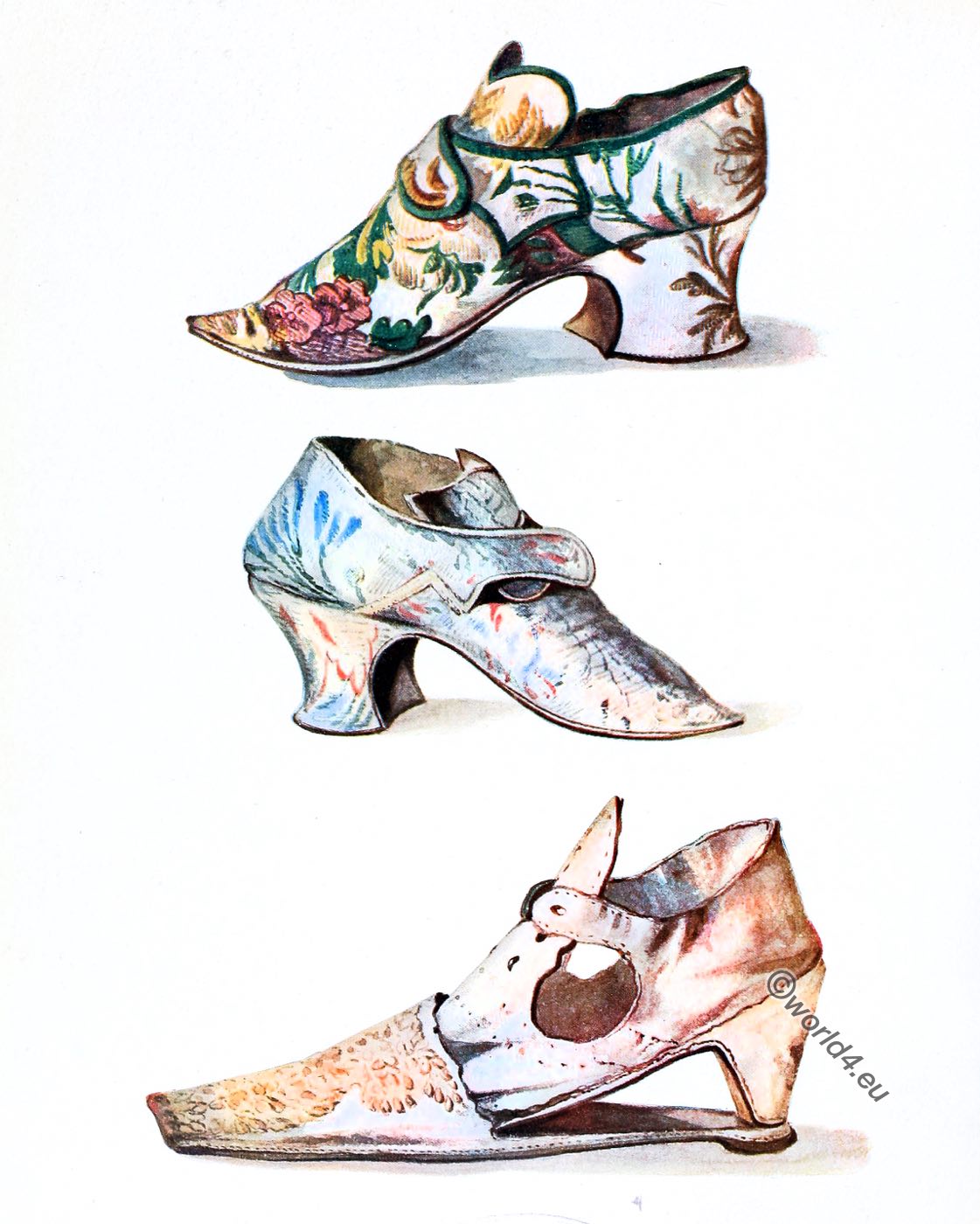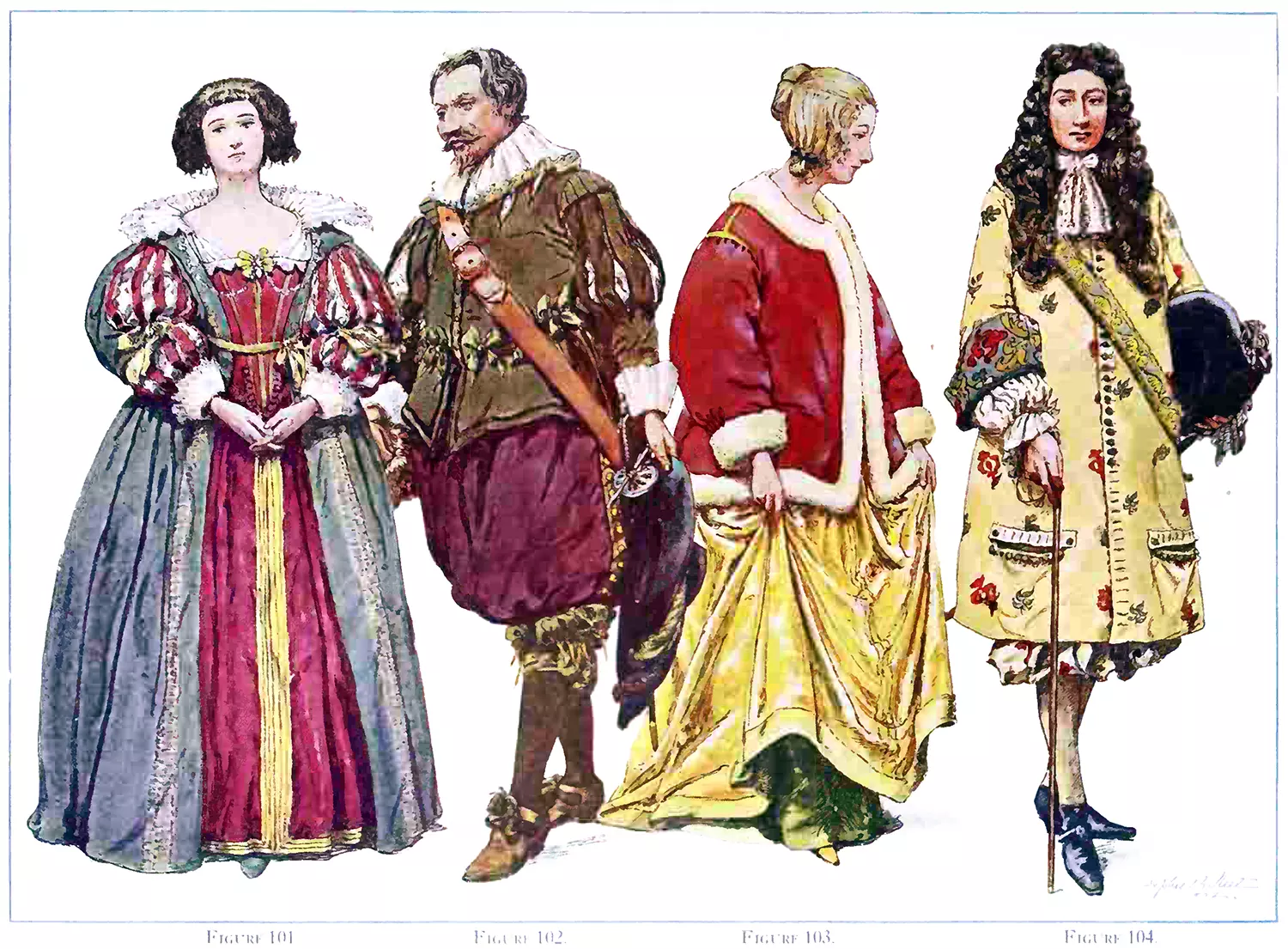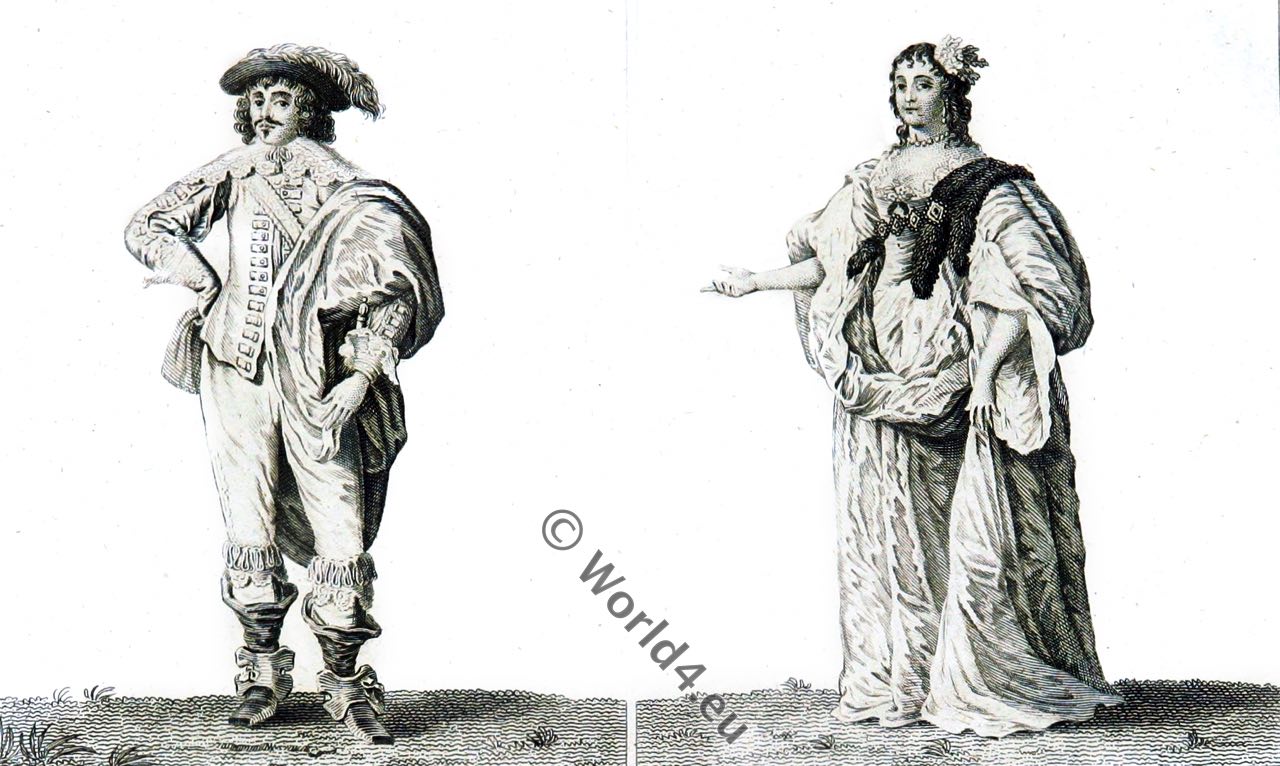Point de Venise, 17th Century.
Needle lace is a type of lace created with a needle and thread, as opposed to bobbin lace, which is made with spindles. It originated in Italy during the Renaissance and was popular until the 18th century.
The Gros Point de Venise is a needlepoint lace named after Venice. The gros point is the best-known of the Venetian needle laces. The Point de Venise is the forerunner of a whole series of French needlepoint laces.
This type of lace is one of the older precursors of needlepoint lace. Although originally from Italy, it became popular in 17th-century Western Europe. Because of its weight and heavy pattern, it was a type of lace that was especially popular among men. While other finer laces were worn during summer, the Venetian variety was particularly popular during winter.
This lace was almost exclusively processed/produced for the “cravate” dress, however, pieces manufactured as met lace also exist. The bulk of the square cravate consisted of lace, only a small section around the neck was made of fine white linen. So there was more lace than linen on these expensive pieces. At the French court, a red bow was also tied under the chin, often finished with a large diamond.
At the court of Louis XIV, this lace was worn by the highest nobility, who paid a capital sum for these extremely expensive pieces. Production was quite high until the king encouraged French needlepoint lace production.
Italian techniques were imported into France in several manufactures which increased competition. These French needlepoint laces remained in vogue until tulle laces drove them out of fashion in the 18th century. The 19th century is therefore the end of the authentic Gros Point de Venise.
It is described as asymmetrical and richly decorated with acanthus leaves and large flowers elaborated in Baroque style. The 19th-century specimens are based on old patterns, and often less imaginatively elaborated. Nowadays, it is only made by machine, which can be recognised by its pale colour. A lacemaker normally touches this type of lace with her fingers, which already slightly colours it. With bobbin lace, the worker only touches the bobbins and never the thread, which makes bobbin lace much brighter than needle lace. In France, imitations were made after the old patterns, called “Point de Colbert”.
Stitched lace. Alençon France, late 17th Century.
The Alençon stitch, the secret of which was jealously guarded for a long time, is a needle lace characterised by a network of curly stitches, fancy stitches called modes, brodes (strands of thread covered with tight festoon stitches forming the reliefs) covered with tight buttonhole stitches and, after 1775, sometimes made of horse hair.
Called the “lace of queens and queen of laces” since its consecration at the Universal Exhibition in London in 1851, the lacemaking activity was established in Alençon, notably under the initiative of Colbert. Established in eight cities of the kingdom, the French lace factories had to compete with the Venetian lace trade in which the European courts invested massively in order to acquire this sumptuous lace. These factories were established in towns where the production and trade of needlework had already been developed.
In Alençon, the activity was established by Marthe La Perrière, who in the 1660s was probably inspired by the Venice stitch to produce needlework. She then obtained a royal manufacturing privilege from Colbert in 1665.
The looped stitch network was developed around 1690, but was not called Alençon stitch until 1720. In 1807, production was revived after the Revolution, thanks to the congregation of the Sisters of Providence of Alençon, who perpetuated the tradition, which has been maintained to this day. From 1855 onwards, shaded patterns (series of dots more or less tightly packed to obtain a chiaroscuro effect) appeared.
The Alençon lace industry, which has been the most expensive of laces since the 18th century, was increasingly popular from its inception until its decline at the beginning of the 20th century in the face of competition from mechanical lace. Louis and Zélie Martin, parents of the famous Thérèse of Lisieux, are a famous example of social success in the 19th century thanks to their lace workshop which had up to 20 workers.
The École dentellière d’Alençon was founded in 1903 by the Alençon Chamber of Commerce and Industry, which in 1931 called on the teaching of the Sisters of Providence and handed over the management of the school in 1965.
Discover more from World4 Costume Culture History
Subscribe to get the latest posts sent to your email.

